Increase Volleyball Serve Power: Helpful Tips and Practice Drills
 Matt Nikishin
Matt NikishinTable of contents
- Step 1: Master the Toss
- Step Two: Use Your Whole Body for Power
- Step Three: Optimize Your Arm Swing
- Step Four: Build Strength for a More Explosive Serve
- Step Five: Contact & Follow-Through
- Step Six: Work on Timing & Rhythm
- Training Drills to Serve Harder
- Watch This Tutorial Video To Improve Your Serve ⬇️
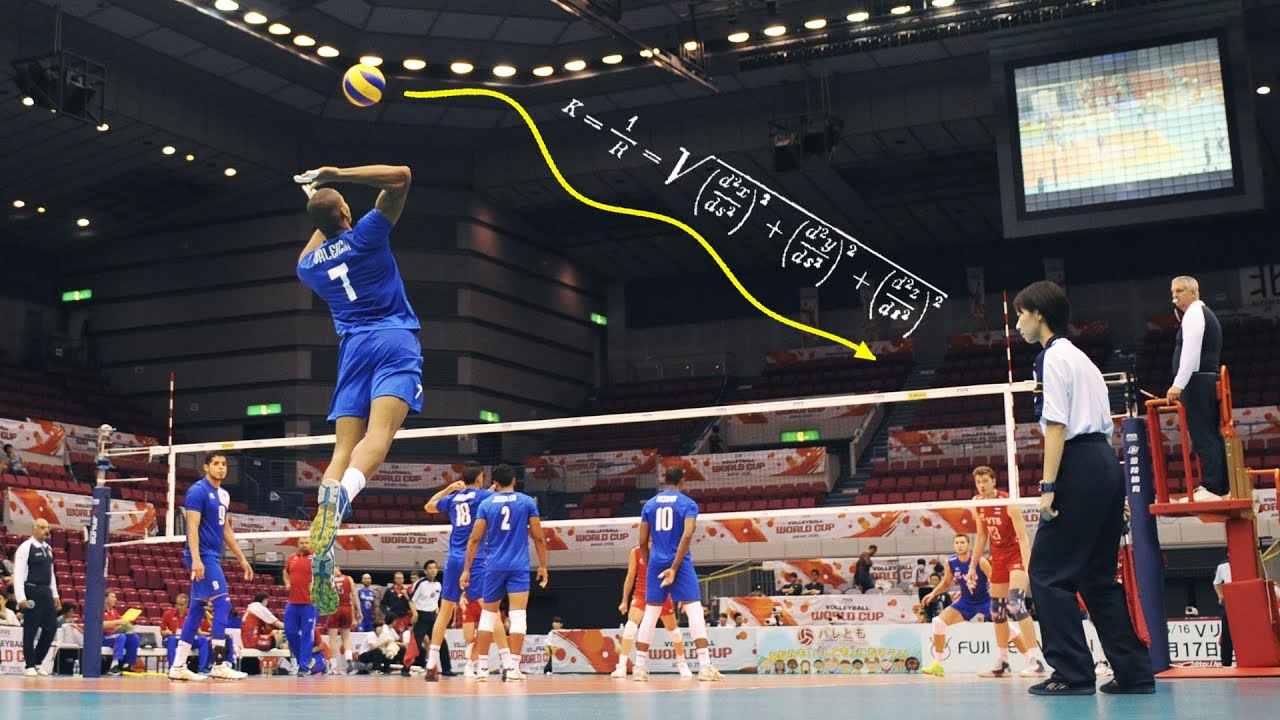
A powerful serve is one of the most effective weapons in volleyball. Whether you’re aiming for an ace or trying to put the opposing team out of system, serving harder requires a mix of technique, strength, and timing.
If your serves feel slow or inconsistent, it’s time to refine your mechanics and add some serious speed to your game.
Step 1: Master the Toss
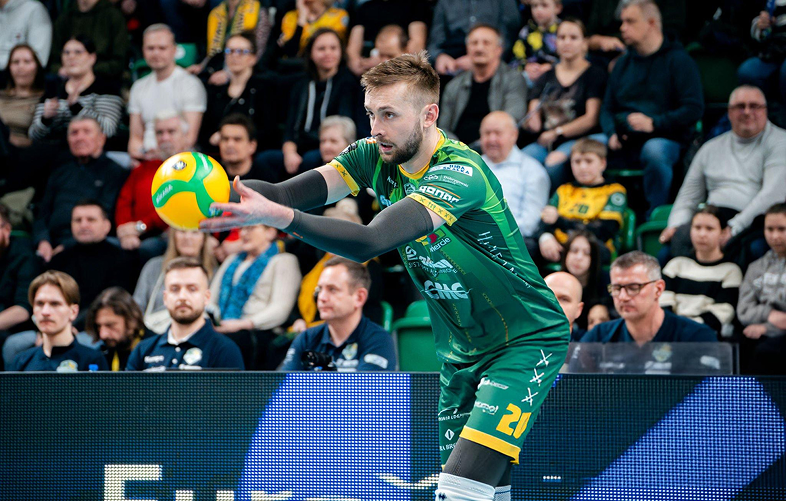
A strong serve starts with a perfect toss. If your toss is off, your entire serve will be inconsistent.
Float Serve:
Toss the ball slightly in front of you.
Keep the ball flat with minimal spin for a true wobble effect.
A lower toss (around forehead height) helps maintain control.
Jump Serve:
Toss the ball higher and into the court to jump into the court.
A well-placed toss allows for a full arm swing.
Keep your toss in the same route so opponents dont read your tendencies.
Step Two: Use Your Whole Body for Power
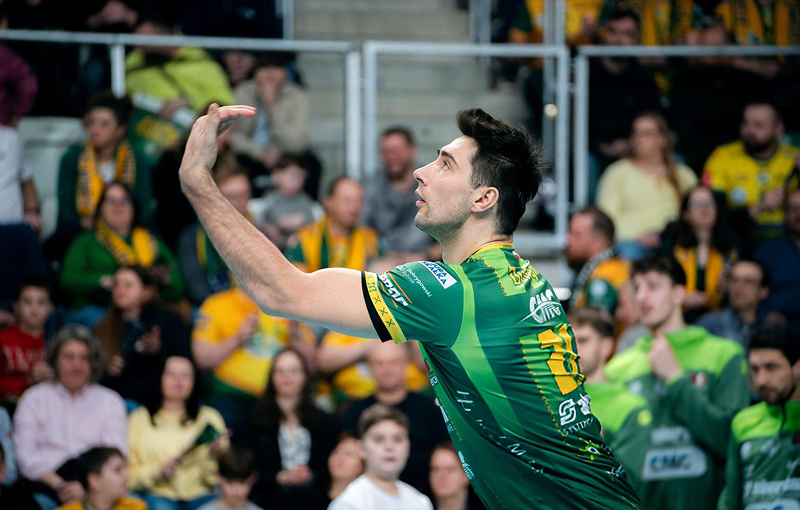
A common mistake is trying to generate all the power from your arm. The best servers use their legs, core, and shoulders to maximize force.
For a Standing Float Serve:
Take a controlled step forward for momentum.
Engage your core and shoulder as you drive through the ball.
Keep your contact firm and steady to prevent unnecessary spin.
For a Jump Serve:
Use a swinging approach (left-right-left for right-handers).
Jump explosively and use your upper body to generate force.
Land balanced (dont stomp) and active for the next play.
Step Three: Optimize Your Arm Swing
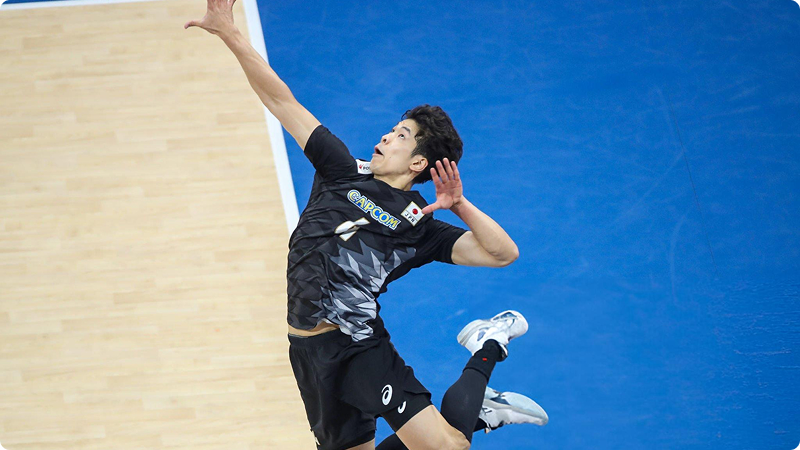
The difference between a weak serve and a high-speed rocket often comes down to arm swing mechanics.
Key Techniques:
Keep your elbow high.
Swing with a whip-like motion.
Contact the ball at the highest point.
For Float Serves:
Use a firm, open hand with minimal wrist movement.
Strike the center of the ball.
Think of it like a "push" rather than a hit (similar to a high five).
For Topspin/Jump Serves:
Snap your wrist downward to create topspin.
Hit through the lower half of the ball for a dipping effect.
Follow through with a full arm extension.
Step Four: Build Strength for a More Explosive Serve
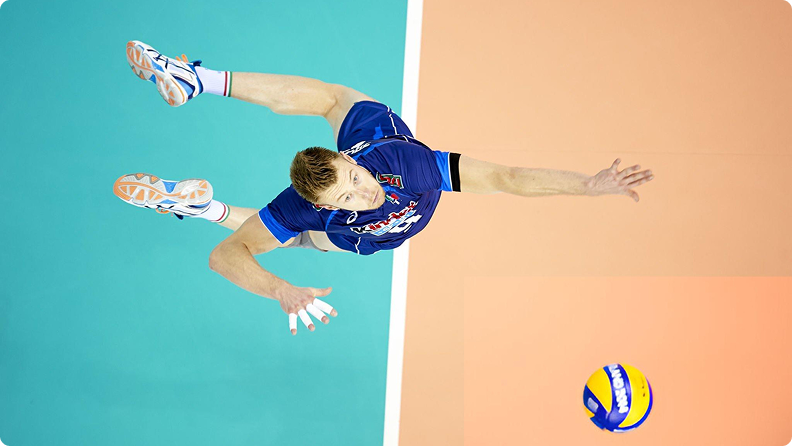
Power comes from explosive strength, not just technique. Adding specific strength exercises will make your serve faster and more powerful.
Best Exercises for Serving Power:
Medicine Ball Slams – Builds explosive arm and core strength.
Plyometric Push-Ups – Increases shoulder and chest power.
Squats & Lunges – Strengthens legs for a higher vertical.
Core Twists with Resistance Bands – Improves torque power.
Step Five: Contact & Follow-Through
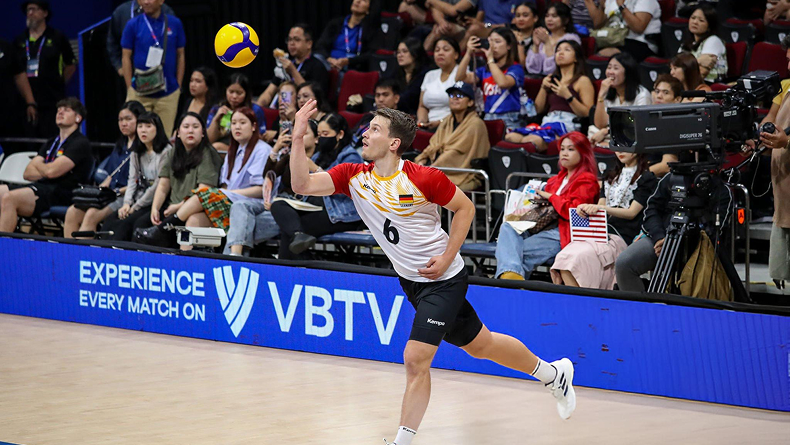
The point of contact determines how much force and spin your serve will have.
Key Tips for Faster Serves:
Contact the middle or slightly upper half of the ball for more drive.
Follow through fully, extending your arm toward your target.
Keep your wrist firm on a float serve and snap it down for a topspin serve.
Step Six: Work on Timing & Rhythm
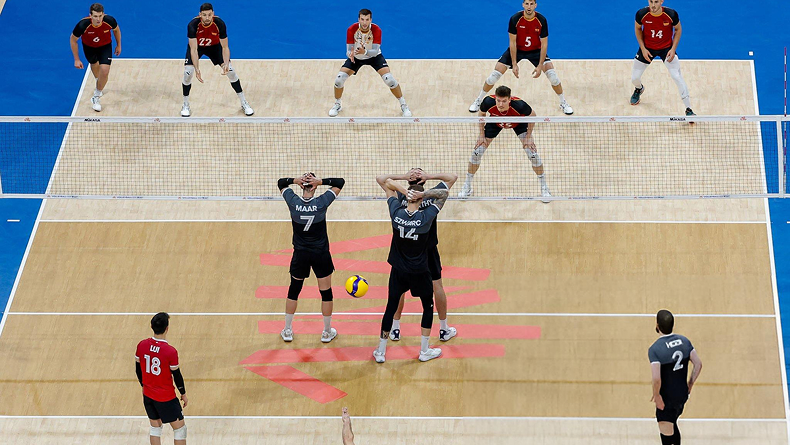
A hard serve isn’t just about power—it’s about fluidity and consistency.
**How to Improve Rhythm:
**Keep your steps, toss, and swing smooth and connected (this takes time, be patient).
Work on timing your jump so you contact the ball at the right height.
Practice the same routine every time to build muscle memory.
Training Drills to Serve Harder
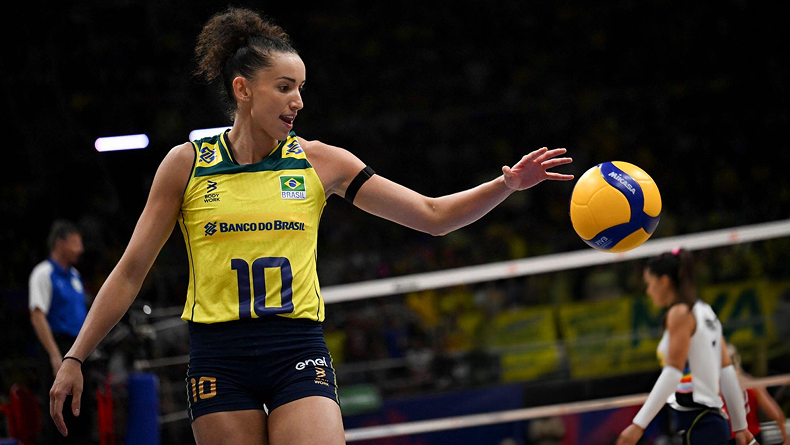
To improve, you need mindful practice🧘♀️ Here are essential drills:
For Toss & Accuracy:
Target Serving Drill – Place cones or markers and serve at specific zones.
Wall Toss Drill – Toss the ball against a wall and check for consistency.
For Power & Speed:
Speed Serving Drill – Set a speed goal and track how hard you hit (might need a speed gun 🥲)
Jump Serve Approach Drill – Practice your approach without hitting to refine your timing.
For Consistency & Control:
Pressure Serving Drill – Serve 10 times in a row to a specific spot. Miss, and restart.
Deep Zone Challenge – Aim for the back corners to keep opponents out of system.
Watch This Tutorial Video To Improve Your Serve ⬇️
Final Thoughts: The Mindset of a Strong Server
A hard serve isn’t just about raw power—it’s about technique, repetition, and confidence.
Ask yourself💭:
Am I serving with intent and strategy?
Am I staying consistent under pressure?
Am I analyzing and improving my serve with every rep?
With the right mechanics and training, your serves will go from average to unstoppable.
Subscribe to my newsletter
Read articles from Matt Nikishin directly inside your inbox. Subscribe to the newsletter, and don't miss out.
Written by

